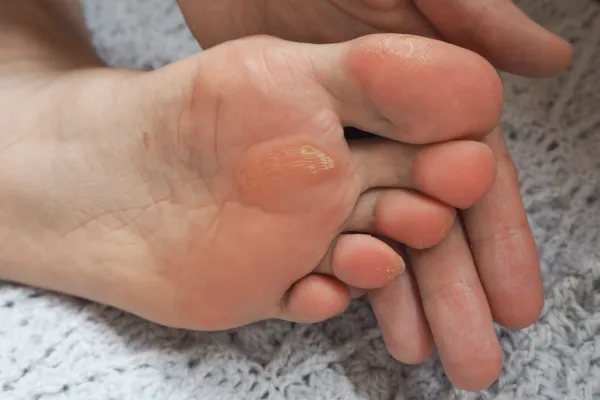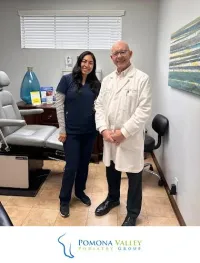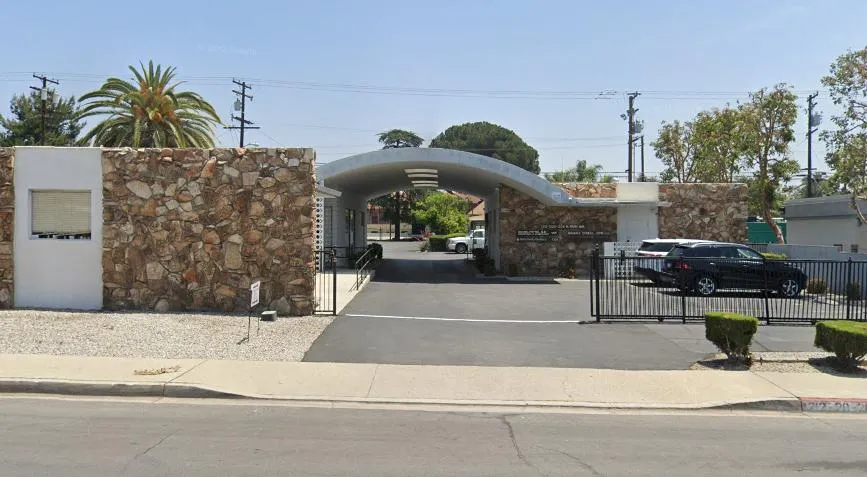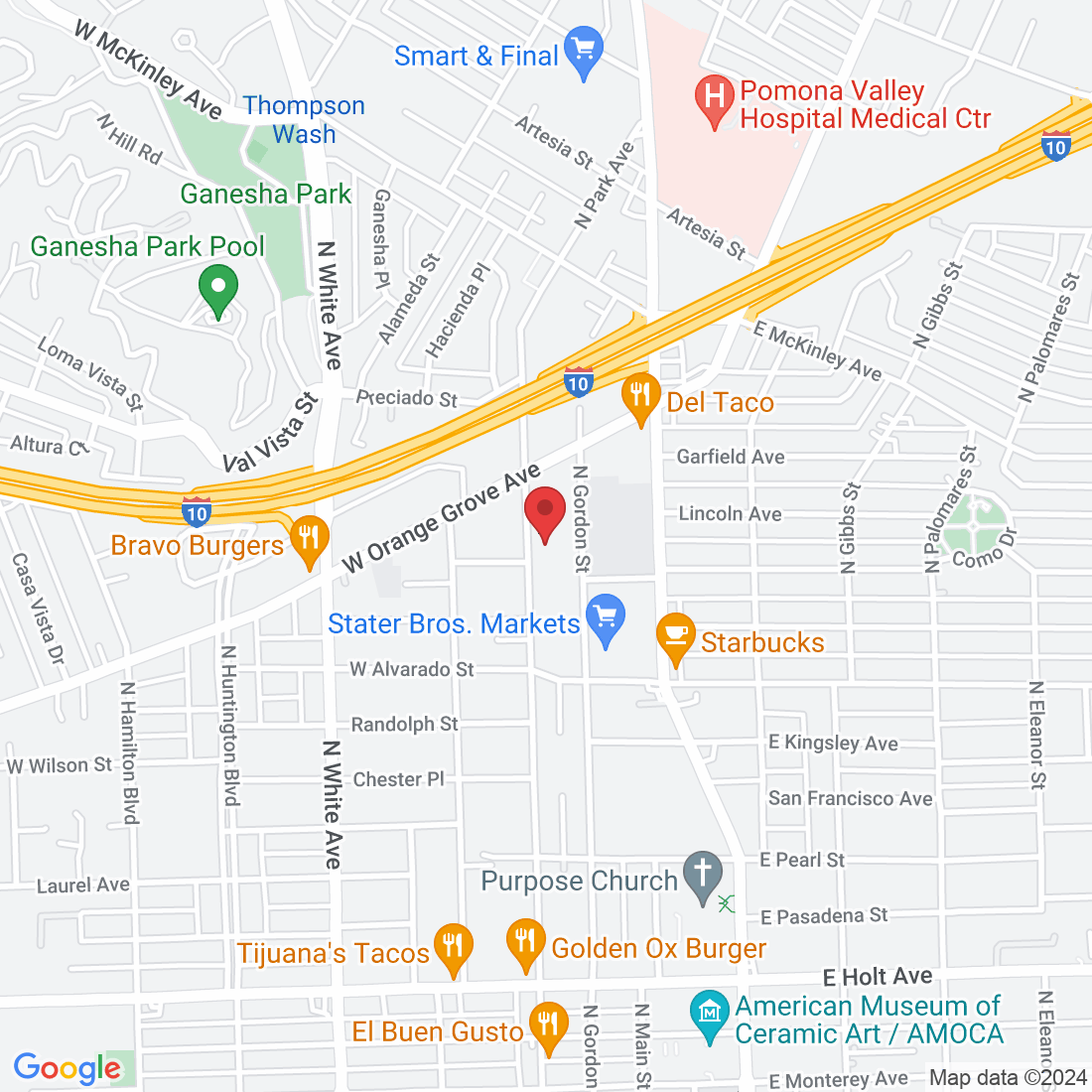
Beyond Friction: How Biomechanics Contribute to Corns and Calluses
Corns and calluses are those pesky patches of thickened skin that can cause discomfort and disrupt your daily routine. While friction is often blamed, the culprit behind their formation can be much deeper – your biomechanics. At Pomona Valley Podiatry Group, we understand the intricate relationship between foot function and skin health.
The Biomechanical Breakdown:
Our feet are complex structures designed for efficient weight distribution and propulsion. When this balance is disrupted, excessive pressure can build on specific areas, triggering the body's natural defense mechanism – thickening the skin to create a protective barrier. This is where corns and calluses come in.
Here's how biomechanics can play a role:
Abnormal Gait Patterns: Whether it's excessive rolling inward (overpronation) or outward (supination), these gait deviations can cause uneven pressure distribution, leading to corns and calluses on specific parts of your foot.
Footwear Choices: Shoes that don't provide proper support or are ill-fitting can create friction and pressure points. High heels, for example, shift weight forward, increasing pressure on the balls of your feet, a prime spot for callus formation.
Structural Abnormalities: Conditions like flat feet or bunions can alter the way your foot distributes weight, making certain areas more prone to corns and calluses.
Beyond the Pain: Why Biomechanics Matter
While corns and calluses themselves may seem like a minor issue, they can be a sign of a deeper biomechanical problem. Ignoring them can lead to:
Pain and Discomfort: Chronic pressure can lead to pain, especially when walking or standing for extended periods.
Gait Alterations: To avoid discomfort on corns and calluses, you may unconsciously alter your gait, potentially leading to further problems.
Increased Risk of Injury: Biomechanical imbalances can stress your joints and ligaments, increasing the risk of injuries like ankle sprains and stress fractures.
Taking Control: How Pomona Valley Podiatry Group Can Help
At Pomona Valley Podiatry Group, we take a comprehensive approach to corns and calluses. We don't just treat the symptoms; we address the underlying biomechanical cause. Our podiatrists will:
Perform a thorough biomechanical evaluation: We'll assess your gait pattern, foot structure, and footwear to identify any biomechanical issues contributing to your corns and calluses.
Develop a personalized treatment plan: This may include recommendations for proper footwear, custom orthotics to address pressure distribution, and techniques to address gait abnormalities.
Offer advanced treatment options: For stubborn corns and calluses, we may recommend in-office procedures like callus removal or minimally invasive surgical interventions.
Don't Let Corns and Calluses Rule Your Steps!
If you're struggling with persistent corns and calluses, don't suffer in silence. Schedule an initial consultation with Pomona Valley Podiatry Group today. Our team of experts will help you understand the biomechanical factors at play and develop a personalized plan to get you back on your feet, pain-free!
Ask And His Team
Fill in the form to request a Call From Our Team
One of our team will call you for FREE and answer any questions or concerns you may have about your uncomfortable foot condition





